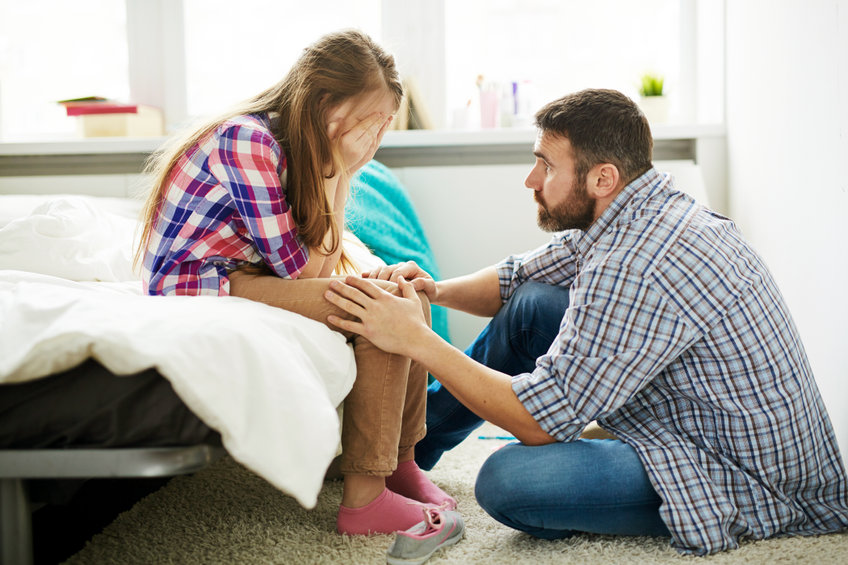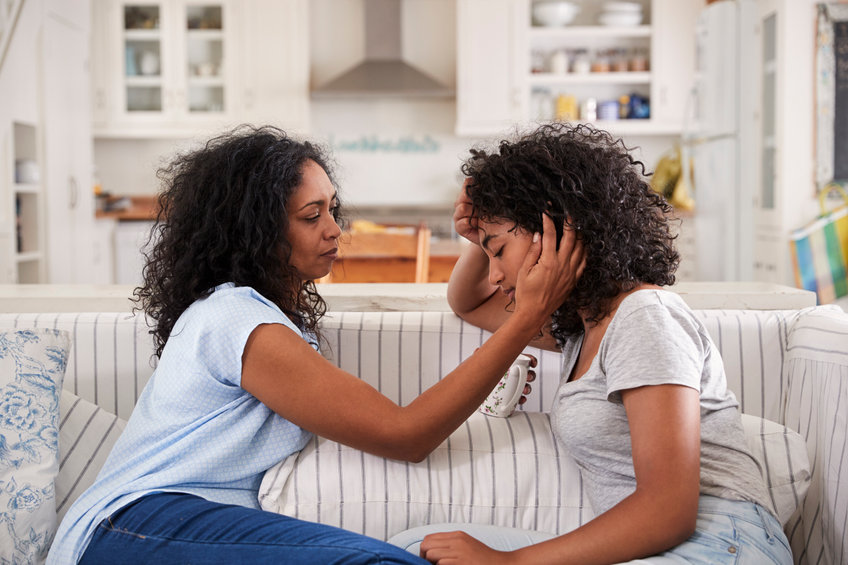5 Things Wyoming Parents Should Know About Tween and Teen Suicide
Posted September 3, 2021 by Guest Poster -

September is suicide awareness month, and here at PrairieWifeInHeels.com, we believe it is vital to talk about this topic.
This post was written by the mental health professionals at Charlie Health and may contain information that may be upsetting or triggering.
1. The facts are shocking
Suicide is killing our young people and we MUST look at the facts, as shocking and disturbing as they are. If we can arm ourselves with the facts, we can motivate each other to change our communities for the better.
Here are a few statistics:
- Suicide is the second leading cause of death for ages 10-44 in Wyoming
- In Wyoming, one person dies by suicide every two days
- The rate of suicide has been increasing steadily for 10 years, and suicide rates are up from 29.4 per 10,000 Wyomingites in 2019 to 31 in 2020.
2. We have higher risk factors in our Communities
Living in rural states can do wonders for mental health with endless access to open-air, spaces, and nature.
However, there are also some important risk factors that are contributing to the high suicide rates we see in our communities.
- Lack of access to care- There are physical barriers to accessing care, where many Wyomingites live physically distant from hospitals and mental health practitioners.
- Waitlists- Even if your family lives close to resources, we see that many residential treatment centers, mental health programs, and psychiatrists have long waitlists.
- Access to lethal means- In Wyoming, 75% of suicides involve a firearm. It’s not political, it’s just statistics. We must recognize this fact, and encourage a strict culture of gun safety and storage practices.
- Mental health stigma- In Wyoming, we are hardworking, dedicated, family-loving, and strong people. Historically, mental health issues have been portrayed as a personal weakness or a mark of something “wrong” with us and our families. This prevents people from reaching out for help. We must fight this narrative by teaching our children and communities that reaching out for help is the brave thing to do. Taking care of our mental health is paramount.

3. Warning signs to look for
There are many signs that may indicate that a loved one could be struggling or considering suicide. While any one of these is not a direct indicator, understanding the signs can help you know when it’s time to step in and get help.
Is your teen or tween showing any of the signs below?
- Increased isolation
- Changes in sleep patterns- either sleeping much more or less
- Major mood swings
- Talking about suicide or wanting to die
- Feelings of hopelessness and feeling purposeless
- Feeling like a “burden”
- Increased substance use
- Stockpiling weapons or drugs
- Reaching out to say goodbye or giving away possessions
- Sudden feelings of calm after a long period of depression.
4. How to talk about suicide and what to do
If you are concerned that a loved one is considering suicide, talk to them.
Asking your child directly about suicide will not increase their risk, or plant the idea in their head. It will create an opportunity to offer support and let them know you care.
Find a private place and have a genuine conversation. Try starting the conversation something like this:
“It seems like you have been extra depressed and feeling hopeless these past few weeks. Sometimes people who feel this way are considering suicide. Are you thinking about suicide?”
Give them space to respond, and take them seriously.
Responses can be tough to hear, so take a deep breath, stay calm, and listen.
Sometimes responses indicate they are only thinking about suicide, but have no action plan in mind.
And sometimes, their response indicates that they have a plan and are strongly considering or have decided to act.

After chatting, your next steps should be:
- Remind them that you are here for them and that their suffering is temporary
- Work with them to keep them away from lethal means
- Stay with them
- Call US National Suicide Prevention Lifeline: 1-800-273-TALK (8255)
- Seek help from mental health or medical professionals, or take them to the emergency room.
View this post on Instagram
5. Resources
- Call 911 if someone is in immediate and life-threatening danger
- US National Suicide Prevention Lifeline 1-800-273-TALK (8255)
- Wyoming Behavioral Institute Crisis Hotline: 1-800-457-9312
- Crisis Text Line: text “WYO” to 741-741
- American Foundation for Suicide Prevention – https://afsp.org/chapter/wyoming
- Charlie Health Intensive Outpatient Therapy– Call: (866) 491 5196 Email: admissions@charliehealth.com or visit charliehealth.com
This topic is extremely difficult to talk about, but the more we can understand risk factors, signs, and resources, the more we can make actionable changes and tear down the mental health stigma.
Sources:
- American Foundation for Suicide Prevention https://afsp.org/what-to-do-when-someone-is-at-risk
- JH News and Guide https://www.jhnewsandguide.com/special/hole_health/wyoming-suicide-rates-another-year-of-loss/article_170a032e-9f31-54ea-a29d-d9d82be762a8.html
- Jason Foundation https://jasonfoundation.com/wp-content/uploads/sites/97/2018/07/wyoming-statistics.pdf
This post was written by a Charlie Health employee and mental health professional as part of a partnership with PrairieWifeInHeels.com that lasted from August 2021 – May 2022
Categories: Health and Wellness, Parenting, This and That
Tags: , charlie health, help for parents, mental helath, parenting, suicide, suicide rates, talk about suicide, teen and tween suicide, telehealth, Wyoming
Previous Post « Easy School Night Stuffed Pepper Casserole
Next Post Prairie Wife Fall Events Calendar 2021 »




